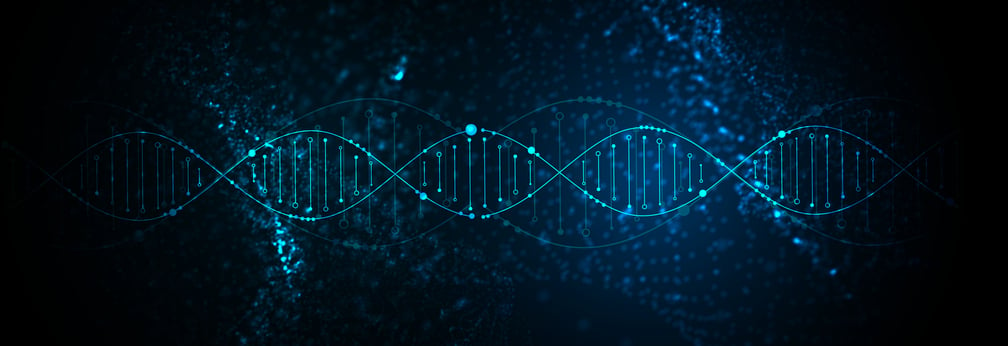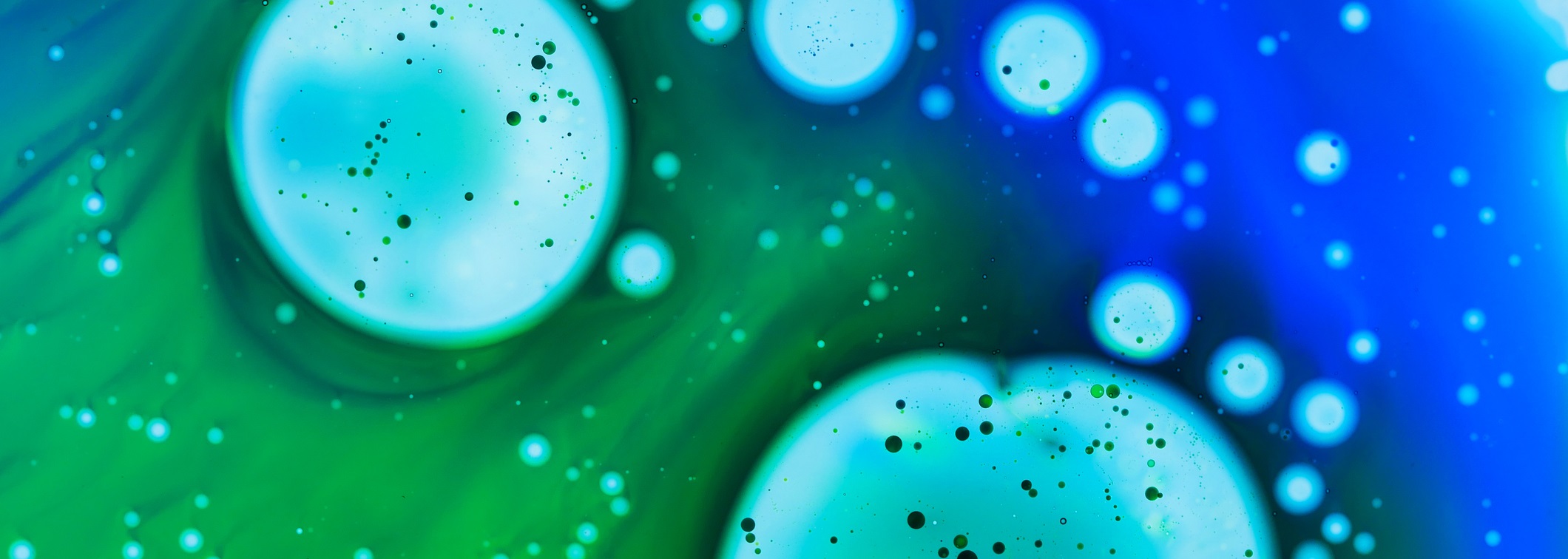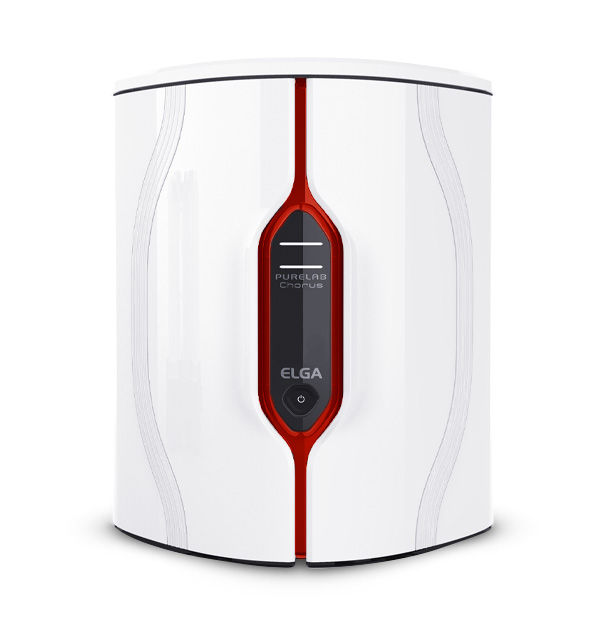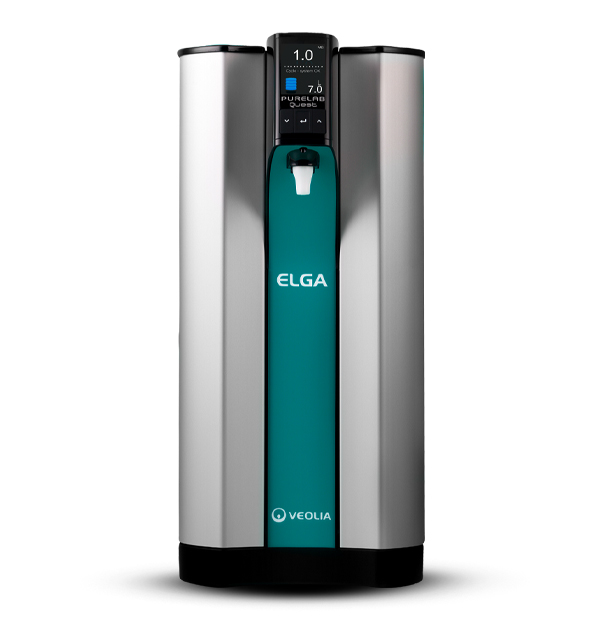Molecular Biology

Molecular biology is the study of the composition, structure and interactions of cellular molecules, such as nucleic acids and proteins.
How Does Molecular Biology Work?
Molecular biology is about understanding the interactions between the various systems of a cell, particularly the relationship between DNA, RNA and protein synthesis, and regulation of these interactions. It overlaps significantly with other biological sciences, notably genetics and biochemistry.
Molecular biologists use a variety of techniques to study nucleic acids and proteins, including polymerase chain reaction (PCR), DNA and RNA sequencing, DNA microarrays and nucleic acid electrophoresis. PCR is a technique that is used to amplify a piece of DNA, generating thousands to millions of copies of a specific DNA sequence in a few hours. DNA sequencing is the determination of the order of nucleotides in a strand of DNA, while RNA sequencing examines the quantity and sequences of RNA in a sample to analyze gene expression patterns and transcriptomics. DNA microarrays are a collection of gene sequences immobilized on a solid support, such as glass, a silicon chip or microscopic beads. These arrays enable molecular biologists to measure the expression of tens of thousands of genes simultaneously and to genotype multiple regions of a genome. Nucleic acid electrophoresis is a way of separating DNA, RNA and proteins on the basis of size and electric charge.
What Is Molecular Biology For?
Molecular biology techniques can be applied to many fields, including pure research, medical diagnostics, forensics and agriculture. Researchers use molecular biology methods to study gene structure and function, and undertake epigenetics studies to predict how mutations, individual genes and genetic interactions can affect the expression of a phenotype. Medical diagnostics employs molecular biology techniques for applications such as genetic and infectious disease testing, detection of oncogenic mutations and even histology, for example, to screen for HER2 positive breast cancers. Molecular biology has also contributed to the development of gene therapies, and plays an important role in understanding cellular physiology, allowing the method of action and regulation to be investigated and used to more efficiently target drug development and enhance diagnostic testing. Forensic scientists rely on PCR amplification of gDNA to differentiate between individuals for identification purposes, while in agriculture PCR plays an integral role in food pathogen detection, plant genotyping and testing for genetically modified organisms
Water quality has a tremendous effect on molecular biology techniques. In genetic applications, it is essential to use highly pure water with nuclease levels below the limit of detection when preparing buffers and reagents and throughout the workflow – for instance, when operating the DNA sequencer – to avoid degradation of nucleic acids. The same high purity water should also be used during the manufacture of DNA microarrays.
What Types Of Contaminants In Water Can Affect Molecular Biology Results?
Although nucleases are the major consideration for all the techniques discussed, molecular biology methods are also affected by ionic contaminants, organic compounds and bacteria.
- Nucleases
Highly pure water with nuclease levels below the limit of detection is essential to avoid degradation of the DNA/RNA during PCR, sequencing, electrophoresis, and preparation and use of microarrays.
- Ions
PCR uses polymerase, which requires a specific magnesium concentration for maximum efficiency and is sensitive to heavy metals, such as cadmium and zinc, as well as a number of divalent metals. It is particularly affected by transition metals – for example, iron, cobalt, copper and nickel – which can bind to the enzyme’s active site and impact its catalytic activity. In electrophoresis, unknown concentrations of ions make it harder to maintain the necessary ionic strength and pH of buffers. Unknown ion concentrations are also an issue with microarrays, where specific concentrations are required for optimal hybridization.
- Organics
In PCR, negatively charged organic molecules mimic the DNA charge and may interfere with the catalytic process by acting as non-competitive inhibitors, reducing the polymerase efficiency. Organic compounds are also disruptive contaminants in DNA sequencing, and can adversely affect gel electrophoresis, with large organic acids – for example, humic and fulvic acids arising from degradation of natural matter – co-eluting with the DNA fragments. Organics may also give rise to sequencing errors by absorbing and quenching the signal from the fluorescent dyes frequently used for detection, as well as interfering with the microarray hybridization process.
- Bacteria
Bacteria can release nucleases into the water and must be reduced to as low a level as possible to avoid degradation of nucleic acids. They also contain DNA, which can be amplified along with the target DNA, leading to erroneous results, as well as interfering with the separation of DNA fragments by electrophoresis. In addition, bacteria release ionic and organic contaminants that can interfere with PCR and sequencing reactions.
What Are The Water Purity Requirements For Molecular Biology?
The success of the different molecular biology techniques is dependent on using water of the correct purity. For genetic applications, this should be Type I water with nuclease levels below the limit of detection.
Application | Sensitivity required | Resistivity (MΩ.cm)* | TOC (ppb) | Filter (µm) | Bacteria (CFU/ml) | Endotoxins (EU/ml) | Nucleases | Water grade |
PCR | High | >18 | <10 | <0.2 | <1 | <0.001 | Not Detected | Ultrapure Type I+ |
DNA/RNA sequencing | High | >18 | <10 | <02 | <1 | <0.001 | Not Detected | Ultrapure Type I+ |
DNA microarrays | High | >18 | <10 | <0.2 | <1 | <0.001 | Not Detected | Ultrapure Type I+ |
Electrophoresis | High | >18 | <10 | <0.2 | <1 | <0.001 | Not Detected | Ultrapure Type I+ |
How Does ELGA Solve Water Purity Problems For Molecular Biology?
ELGA’s expertise and long-standing reputation ensure that its knowledgeable team can help customers to determine the level of water purity required for their applications. The company offers a range of water purification systems for molecular biology applications, with each having its own advantages and limitations. For example, the PURELAB Chorus 1 Life Science, underpinned by the advanced PureSure® deionization system, consistently delivers water purity of 18.2 MΩ.cm (Type I+/I), with very low organic and bacterial contamination and nucleases below the limit of detection.
Conclusion
Molecular biology encompasses a variety of techniques, including PCR, DNA/RNA sequencing, DNA microarrays and electrophoresis. Type I water with undetectable nuclease levels is essential for these processes. ELGA’s broad range of water purification systems helps laboratories worldwide to perform molecular biology procedures without worrying about water impurities.








